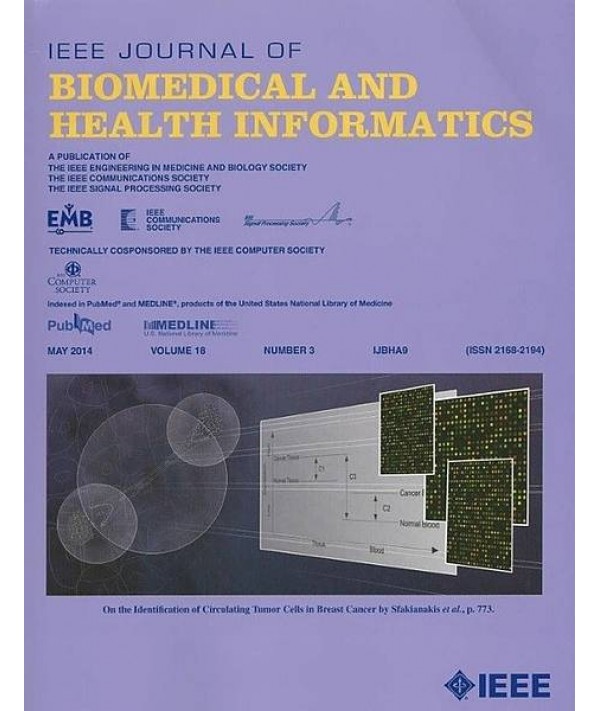Transition Icons for Time Series Visualization and Exploratory Analysis
The modern healthcare landscape has seen the rapid emergence of techniques and devices that temporally monitor and record physiological signals. The prevalence of time-series data within the healthcare field necessitates the development of methods that can analyze the data in order to draw meaningful conclusions. Time-series behavior is notoriously difficult to intuitively understand due to its intrinsic high-dimensionality, which is compounded in the case of analyzing groups of time series collected from different patients. Our framework, which we call transition icons, renders common patterns in a visual format useful for understanding the shared behavior within groups of time series. Transition icons are adept at detecting and displaying subtle differences and similarities, e.g., between measurements taken from patients receiving different treatment strategies or stratified by demographics. We introduce various methods that collectively allow for exploratory analysis of groups of time series, while being free of distribution assumptions and including simple heuristics for parameter determination. Our technique extracts discrete transition patterns from symbolic aggregate approXimation representations, and compiles transition frequencies into a bag of patterns constructed for each group. These transition frequencies are normalized and aligned in icon form to intuitively display the underlying patterns. We demonstrate the transition icon technique for two time-series datasets—postoperative pain scores, and hip-worn accelerometer activity counts. We believe transition icons can be an important tool for researchers approaching time-series data, as they give rich and intuitive information about collective time-series behaviors.


Leave a Reply
You must be logged in to post a comment.